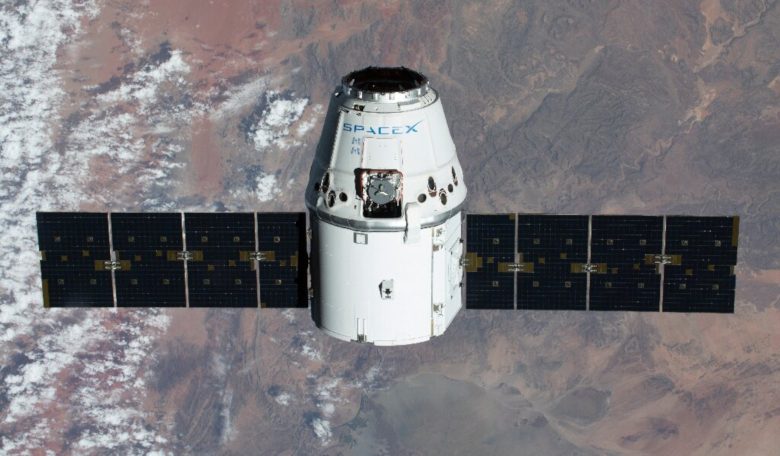NASA and SpaceX officially announced on Wednesday that the first crewed launch from the United States to the International Space Station is planned for mid-May.
The entrepreneur's company will launch a Falcon 9 rocket from Complex 39A at NASA's Kennedy Space Center in Florida to transport NASA astronauts Bob Behnken and Doug Hurley from US soil – the first time since 2011 – as it looks to cut costs. NASA has not set an exact date or time.
The space station has been accessible to astronauts only through the purchase of seats on Russian capsules launched from Kazakhstan for the last nine years.
The launch announcement came soon after the space center announced it was limiting on-site activity due to the COVID-19 pandemic to "mission-critical" personnel. All other NASA employees and contractors are required to work from home.
The launch is considered the final test of SpaceX's crewed system, including docking, splashdown and recovery, before SpaceX is certified to conduct regular flights to the space station. SpaceX has made the trip 15 times since 2012, but only to refuel the station.
The company's successful in-flight test in January showed that the capsule could carry astronauts to safety in an emergency.
SpaceX has pioneered the use of reusable rocket boosters, landing them 50 times after launches. Company founder Elon Musk has said often that reusability lowers the cost of getting to space, which is necessary for more human exploration.
It is not the only private company servicing NASA: Boeing has also won a contract and is developing its own Starliner capsule. However, Boeing ran into problems in December with an uncrewed test flight for its Starliner capsule failing to reach the orbit required for the rendezvous.
NASA and Boeing have agreed to 61 corrective actions to make before moving ahead with another Starliner mission. NASA has not decided if it will require another test flight before sending astronauts aloft in the Starliner capsule.











